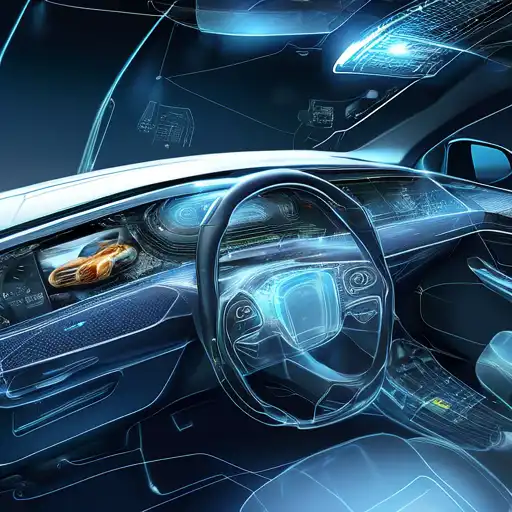Introduction to Embedded Systems in Automotive
Embedded systems have become the backbone of modern automotive engineering, driving innovations that enhance safety, efficiency, and user experience. These specialized computing systems are designed to perform dedicated functions within larger mechanical or electrical systems, making them indispensable in today's vehicles.
The Role of Embedded Systems in Automotive Safety
Safety is paramount in the automotive industry, and embedded systems play a critical role in ensuring it. From advanced driver-assistance systems (ADAS) to anti-lock braking systems (ABS), embedded technologies are at the heart of features that protect passengers and pedestrians alike.
- ADAS: Utilizes sensors and cameras to detect potential hazards and alert the driver or take corrective action.
- ABS: Prevents wheel lock-up during braking, maintaining traction and control.
- Electronic Stability Control (ESC): Helps prevent skidding and loss of control by automatically applying brakes to individual wheels.
Innovations Driven by Embedded Systems
Beyond safety, embedded systems are fueling innovation in the automotive sector. Electric vehicles (EVs), autonomous driving, and connected car technologies are all made possible by advancements in embedded computing.
- Electric Vehicles: Embedded systems manage battery life, power distribution, and charging processes.
- Autonomous Driving: Relies on embedded systems for real-time data processing and decision-making.
- Connected Cars: Use embedded systems to communicate with other vehicles and infrastructure, enhancing navigation and safety.
Challenges and Future Directions
Despite their benefits, the integration of embedded systems in automotive applications presents challenges, including cybersecurity risks and the need for continuous software updates. However, the future looks promising, with ongoing research focused on making these systems more secure, efficient, and capable.
As the automotive industry continues to evolve, embedded systems will undoubtedly play a pivotal role in shaping its future, making vehicles safer, smarter, and more sustainable.
Conclusion
Embedded systems are revolutionizing the automotive industry, offering unparalleled safety features and driving innovation. As technology advances, we can expect these systems to become even more integral to automotive design and functionality, paving the way for a new era of smart, efficient, and safe vehicles.
